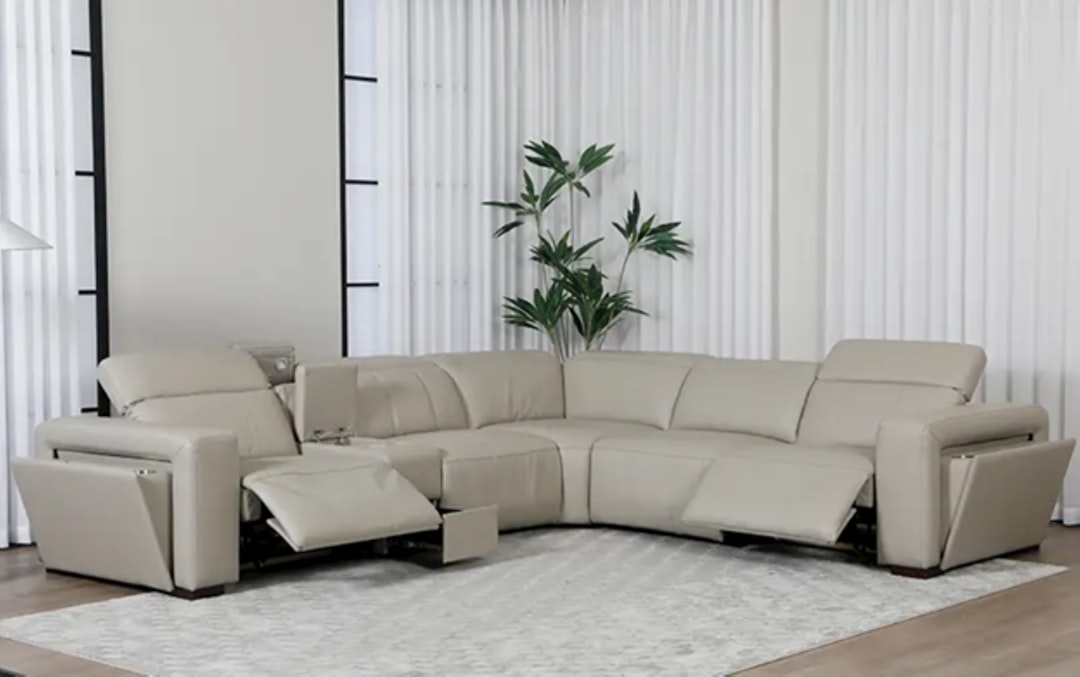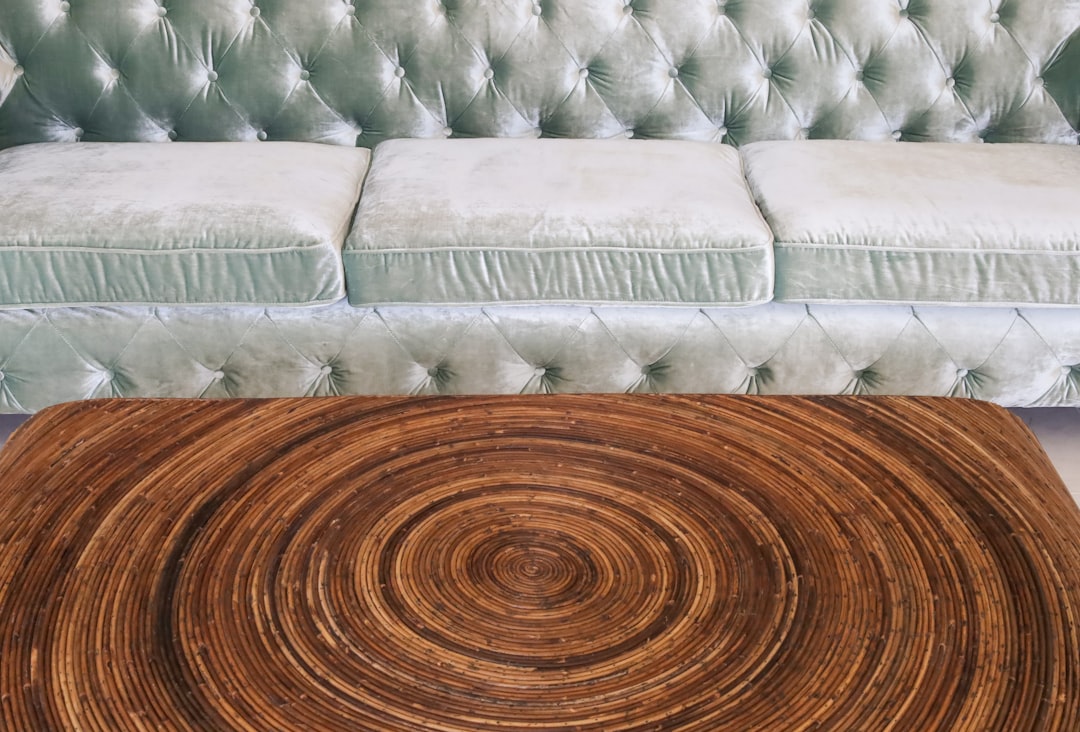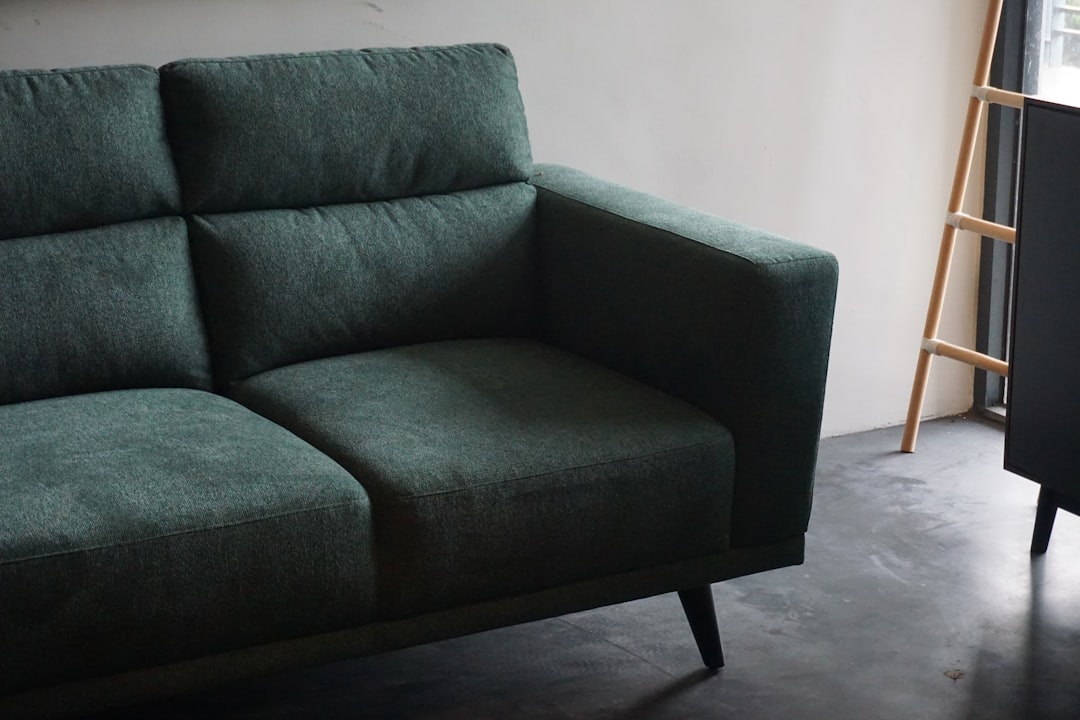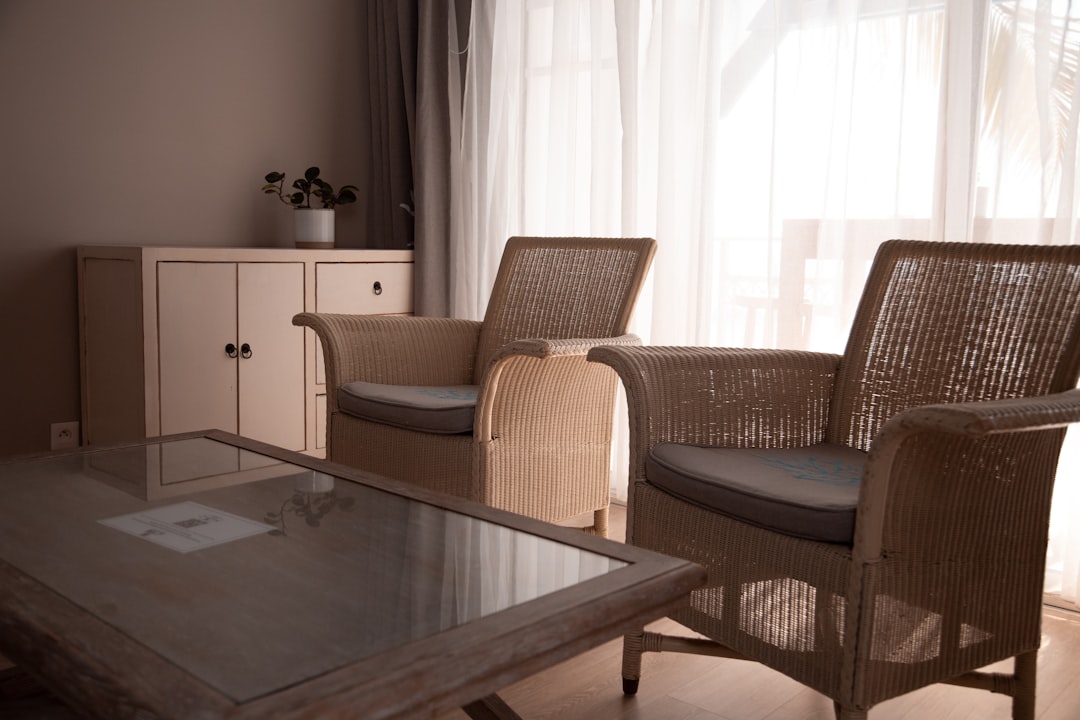

Engage prospects with a scan and streamline customer engagement with FREE QR code marketing tools by Sona – no strings attached!
Create a Free QR CodeFree consultation

No commitment

Engage prospects with a scan and streamline customer engagement with FREE QR code marketing tools by Sona – no strings attached!
Create a Free QR CodeFree consultation

No commitment
The world of furniture reupholstery services is undergoing rapid digital transformation, driven by rising customer expectations and the declining effectiveness of traditional marketing channels. Providers specializing in furniture restoration, sofa reupholstery, and upholstery cleaning have long relied on print materials, word-of-mouth referrals, and elegant showroom displays to attract customers. However, these analog tactics can leave significant blind spots, especially when customer interest does not translate into actionable business outcomes or promising prospects remain invisible because there is no seamless bridge between offline and online engagement.
QR codes offer a data-driven, direct pathway from every physical touchpoint to high-value online actions. For furniture reupholstery service providers, this means a frictionless way to capture quote requests, drive appointment bookings, and educate prospects on service benefits or fabric options in real time with a single scan. This shift addresses pain points such as lost opportunities from missed follow-up or anonymous foot traffic that never gets tracked.
Embedding QR codes across brochures, in-store signage, direct mailers, work vans, and finished projects enables businesses to turn every customer engagement, whether fleeting or sustained, into a measurable conversion opportunity. This integration modernizes the customer journey, reducing the risk of untapped high-intent leads and opening up granular insights for teams ready to adapt to a connected, attribution-focused marketplace.

Furniture reupholstery businesses often see a familiar pattern: people stop by the showroom, touch the fabrics, admire before-and-after photos, and leave without providing contact information. Paper forms languish on counters, business cards get lost in purses, and beautiful catalogs inspire interest but generate no measurable data. QR codes turn these moments into trackable, conversion-ready steps that feed your pipeline and inform your strategy.
By making every brochure, flyer, swatch, and receipt interactive, you eliminate friction for prospects who want to act now but do not want to make a phone call or type a long URL. With a scan, visitors can request a quote, schedule a consultation, compare fabrics, or review care tips. Modern platforms like Sona QR handle data capture, tracking, and CRM sync so no lead fades into anonymity after showing interest.
For example, an upholstery cleaning service might notice that many walk-in clients never fill out paper inquiry cards. QR-enabled signage and counter cards let them capture those leads instantly, route them to a mobile quote form, and send a follow-up email with available appointment times. Over a few weeks, the team sees exactly which display locations perform best and moves more cards to high-traffic areas to amplify results.

Printed brochures, fabric catalogs, and business cards are staples of the trade, yet they rarely produce a clear picture of marketing performance. You might distribute hundreds of flyers across a neighborhood only to wonder whether they moved the needle. QR codes introduce a missing link between tactile experiences and digital action, accomplishing this without adding complexity for the customer.
When a prospect scans a code on a swatch, mailer, or showroom placard, they can act immediately with no need to download an app or type a URL. That single scan becomes a measurable event tying the physical asset to a digital destination. The result is a clean, fast path from curiosity to conversion with data to support optimization.
For reupholstery teams that want to know what works, QR-enabled materials close the feedback loop. You move from guessing about engagement to measuring it, accelerating better decisions and clearer attribution to revenue.

Furniture reupholstery providers have varied touchpoints: walk-in visitors, designer partners, homeowners seeking refreshes, and commercial clients with recurring needs. Different QR formats fit different moments in that journey to increase relevance.
Start by mapping the outcome you want, then select the format that removes the most friction. With Sona QR, you can build and manage all formats centrally, monitor performance, and switch destinations on dynamic codes as campaigns evolve.
Dynamic codes add flexibility. For example, a seasonal promotion on velvet fabrics can replace a general gallery link for a few weeks. Once the offer ends, switch the code back to your evergreen service page with no reprinting necessary.
High-intent moments are everywhere in a reupholstery business, yet many pass by without being captured. The right placements create a steady pipeline of leads while providing clarity on what materials and locations perform best. Prioritize places where motivated customers naturally linger or engage.
In your showroom and during service interactions, look for moments where a question arises or someone compares options. Add a QR code that anticipates that need and points the person to the exact resource that moves them closer to a decision. Over time, analyze scan data by placement to refine layouts and messaging.
These placements reduce leakage from your funnel. Any time someone touches a fabric, asks about price, or thanks your team, you have an opportunity to convert engagement into data and next steps.

Use cases should map to real-world behaviors and remove friction at each stage of the buyer journey. Furniture reupholstery has clear moments for action: seeing inspiration, comparing fabrics, asking about price, and scheduling service. QR codes speed up each step and make it measurable.
When planning, choose a few use cases to run in parallel so you can see how they complement each other. For example, combine a scan-to-quote flow in the showroom with review prompts on delivery receipts. The first increases top-of-funnel leads while the second grows reputation and repeat business.
Each deployment complements the others. A customer who scans for fabric guidance can be retargeted later with a quote promotion. After service, the same customer can scan a loyalty QR to get a discount on reupholstering their dining chairs, further extending lifetime value.
Each scan contains signals: what someone was viewing, where they were, and which journey stage they reached. With thoughtful QR deployment, you can tag and segment audiences who scan different codes, then use that data to deliver relevant follow-ups that feel helpful rather than generic.
Segmentation is especially powerful in reupholstery, where needs vary by furniture type, material, and urgency. Embedding segmentation into your QR plan helps build audiences aligned with real intent.
As an example, a scan on a flyer promoting sofa reupholstery can place that contact in a sofa-specific nurture sequence that includes before-and-after galleries, care guides for heavy-use fabrics, and a quote incentive. A scan on a post-repair receipt can place the customer in a loyalty segment for maintenance reminders and referral rewards.
QR codes are most effective when connecting all your offline and online channels into a cohesive, measurable system. Rather than treating each campaign as a silo, think of QR codes as a universal onramp that collects intent data, triggers follow-up, and attributes outcomes to the right source. Explore broader QR marketing strategies to align your channels.
For furniture reupholstery, scanning a code in your showroom might lead to a tailored landing page with the fabric families a visitor was viewing, while a postcard scan routes to a personalized offer. With Sona QR, you can host codes for each channel, monitor performance, and sync scan events across your tech stack.
As every channel begins to produce consistent data signals, your marketing shifts from guesswork to continuous optimization, with more targeted initiatives that match real customer interest.
Launching a QR campaign is faster than you might expect, but success improves dramatically when you have clear goals, thoughtful design, and the right data infrastructure. Use this checklist to plan, deploy, and optimize your first wave of QR-driven initiatives.
Start small with one or two use cases, then expand as you learn from the data. Sona QR makes it easy to create codes, connect landing pages, and monitor engagement in real time.
Begin with a single, specific outcome such as booking in-home consultations from showroom visitors or converting event flyer scans into quote requests. Clarify your business goal and define what will indicate success, such as number of scans, scan-to-lead percentage, or booked appointments.
Identify the point of friction you want to remove. If prospects hesitate during fabric selection, launch a scan-to-fabric-guide use case. If follow-up is slow, deploy a scan-to-booking flow with automated confirmations.
Choose dynamic QR codes when you need flexibility and measurement. Dynamic codes let you update the destination later and provide analytics, making them ideal for print assets, direct mail, and event signage. Static codes are suitable for evergreen uses like a vCard on a business card, but they do not track scans or allow destination changes.
For most marketing and sales use cases in reupholstery, dynamic is the right choice. It allows you to test offers, change destinations if stock or pricing evolves, and analyze performance across placements. Start creating QR codes for free.
Design your code and layout for clarity and scannability. Add a descriptive call to action, such as Scan to see fabric options or Scan for an instant estimate. Include a short benefit statement that addresses a friction point, like Avoid phone tag or Compare fabrics instantly. For a starting point, use a simple QR template.
Test thoroughly before launching. Verify that the code scans easily at different distances and angles, and confirm the mobile landing page loads quickly and is easy to use on small screens. Test on iOS and Android devices in multiple lighting conditions.
Roll out codes to high-traffic and high-intent touchpoints first. Prioritize swatch books, showroom counters, window displays, direct mailers, event handouts, and delivery receipts. Use distinct codes per placement to compare performance and shift codes to spots that yield more scans.
Train staff to point out QR options and explain the benefit briefly. For example, at the fabric wall a staff member can say, You can scan any swatch to see durability and cleaning info right now.
Use Sona QR to track scans by time, device, and source asset. Monitor conversion behavior and identify drop-off points, such as visitors who reach a form but do not submit it. A/B test CTAs, landing page layouts, and offers. For instance, compare Scan for a 24-hour quote against Scan for a 10 percent off consultation to see which has a higher completion rate.
Feed scan and conversion data into your CRM to enrich contact records and trigger follow-up workflows. Over time, reallocate budget and space to placements with the strongest attribution. Treat scan data as a living feedback loop that sharpens your marketing with each iteration.
Attribution is a persistent challenge in reupholstery marketing because so much engagement happens offline. Without reliable tracking, it is hard to defend budgets, optimize campaigns, or scale what works. QR codes provide the first link in a consistent chain of attribution that connects physical interactions to revenue.
You can move beyond counting scans and into measuring real influence on the buyer journey. When you analyze which codes drive quote submissions, which quotes lead to bookings, and which bookings deliver higher-value projects, you uncover the heart of performance marketing for a physical-service business.
This level of tracking turns QR codes into more than a convenience. They become central instruments for proving marketing impact and prioritizing the highest-yield opportunities.
Once your campaigns are running, layer in best practices that increase scan rates, improve conversion, and simplify operations. Focus on clarity, relevance, and speed. The goal is to make scanning the most obvious and rewarding next step for the customer.
Think beyond the showroom: QR codes can travel with your work, from the van to the finished furniture. These touches deepen engagement, encourage referrals, and keep your brand present in the customer's home.
Creative deployments include a QR sticker on finished pieces linking to fabric care tips and a referral offer, and a QR on invoices that lets commercial clients schedule recurring upholstery maintenance. These small touches build loyalty and reduce churn over time.

QR’s value is clearest in practical applications that move the needle. These scenarios show how reupholstery providers use QR codes to reduce friction, capture intent, and generate measurable improvements in conversions.
Each example demonstrates that when action is easy and the benefit is clear, customers say yes more often. QR codes are a low-cost way to make that ease part of everyday interactions.
Use these ideas as starting points and tailor them to your brand and audience. The better your QR experiences align with customer needs at each step, the higher your conversion rates will climb.
Industry professionals report that lost opportunities stem more from outdated processes than lack of demand. QR codes can solve this—but only when implemented with discipline and a focus on the customer experience.
Avoid overcomplicating your deployments. Keep actions simple, benefits obvious, and destinations fast. Regularly check scan performance and ask staff where customers hesitate. Use these insights to refine your CTAs and placements.
Leading upholsterers now approach QR campaigns as measurable experiments—running multiple placements, comparing outcomes, and evolving their approach. This habit produces compounding gains in both conversion and customer satisfaction.
QR codes have become a practical strategy for connecting the furniture reupholstery buyer’s journey. They solve challenges that have long plagued the industry: anonymous foot traffic, missed follow-ups, and unmeasured print campaigns. With codes on swatches, signage, mailers, and receipts, every physical surface becomes a digital entry point and every moment of interest a potential moment of action.
By adopting QR-first tactics, you can expect stronger attribution, smoother workflows, and richer customer insights. You will build audiences around real intent signals, automate follow-up that delights customers, and invest in the channels that drive revenue. With Sona QR, you can create, manage, and track all of your codes in one place. With Sona.com, you can connect scan activity to multi-touch attribution and closed-won deals. Together, they provide everything needed to capture demand at the source and convert it into measurable growth for your furniture reupholstery business.
QR codes have transformed furniture reupholstery services from traditional outreach into dynamic, measurable growth drivers. Whether it’s attracting new clients, enhancing customer engagement with before-and-after galleries, or simplifying appointment bookings, QR codes turn static materials into interactive experiences that capture real-time data and boost conversions. Imagine customers instantly accessing fabric options or care tips with a simple scan—streamlining their journey from interest to commitment.
With Sona QR, you can create dynamic, trackable QR codes tailored for your reupholstery business in seconds, update campaigns instantly without costly reprints, and link every scan directly to revenue insights. No missed leads, no guesswork—just smarter marketing that turns offline touchpoints into loyal customers and repeat business.
Start for free with Sona QR today and transform every scan into a satisfied client and a growing bottom line.
The article does not specify exact costs for reupholstering a sofa but suggests that QR codes on swatches and brochures can provide instant pricing tiers and estimates.
Furniture reupholstery involves restoring or replacing fabric on furniture, where customers can engage through showrooms, fabric selection, quote requests, and scheduling consultations, often enhanced by digital tools like QR codes for seamless interaction.
The article does not provide specific timeframes for reupholstering a chair.
The article does not list specific locations but recommends using QR codes on signage and marketing materials to connect with local furniture reupholstery service providers.
The article highlights that QR codes on fabric swatches can provide detailed information about materials including durability ratings, stain resistance, and cleaning instructions to help choose the best upholstery materials.
Use Sona QR's trackable codes to improve customer acquisition and engagement today.
Create Your FREE Trackable QR Code in SecondsJoin results-focused teams combining Sona Platform automation with advanced Google Ads strategies to scale lead generation

Connect your existing CRM

Free Account Enrichment

No setup fees
No commitment required

Free consultation

Get a custom Google Ads roadmap for your business






Launch campaigns that generate qualified leads in 30 days or less.
